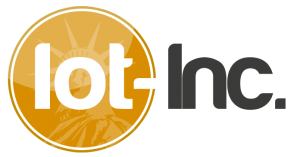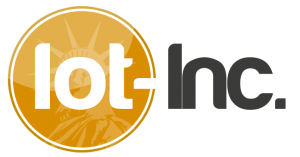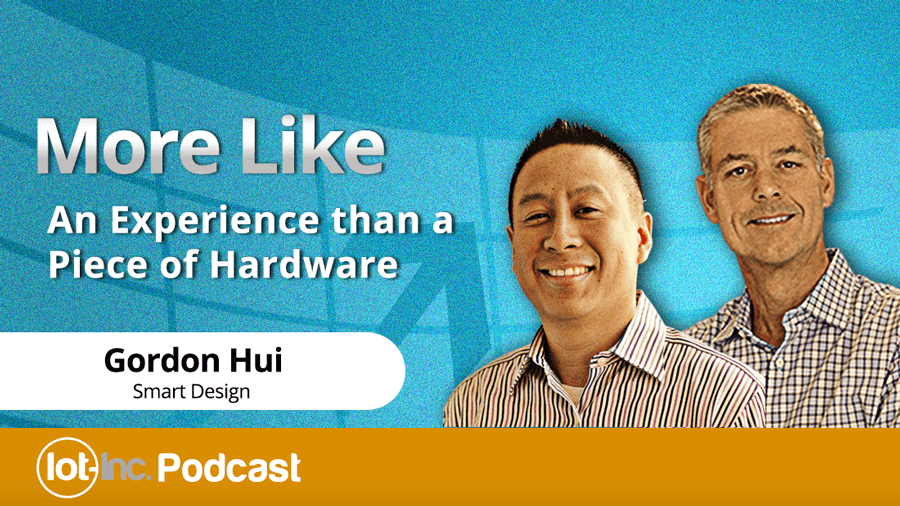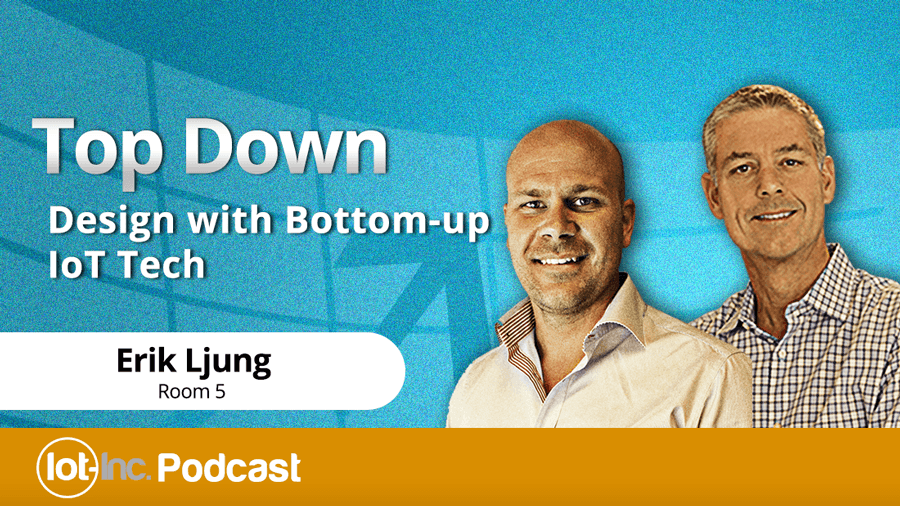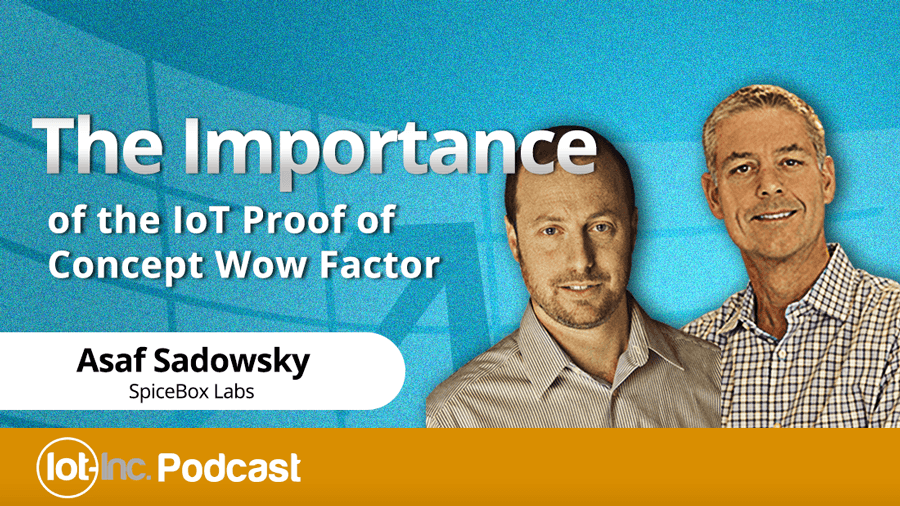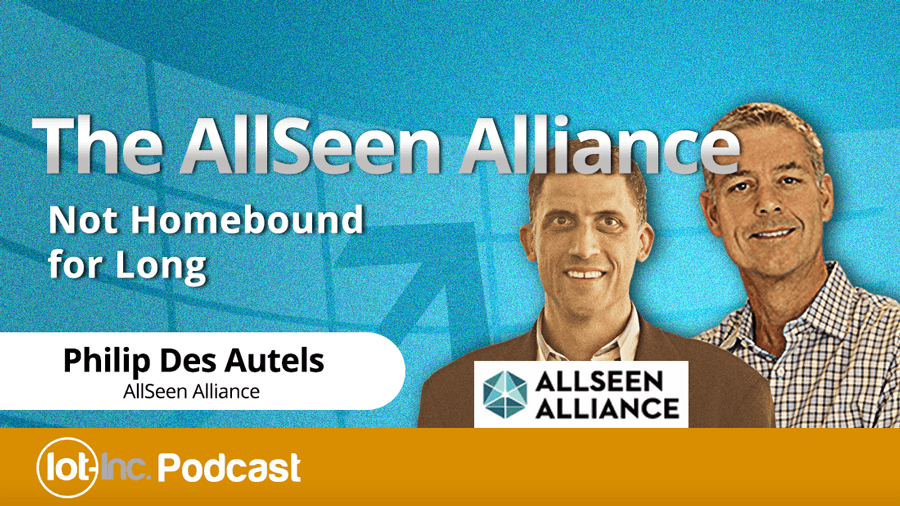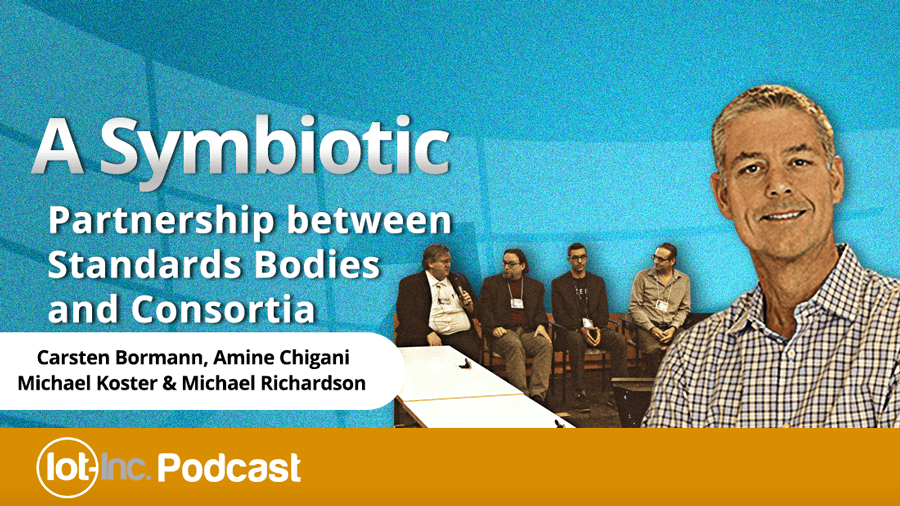26 May The IoT Platform – Abstraction from Metal to Cloud
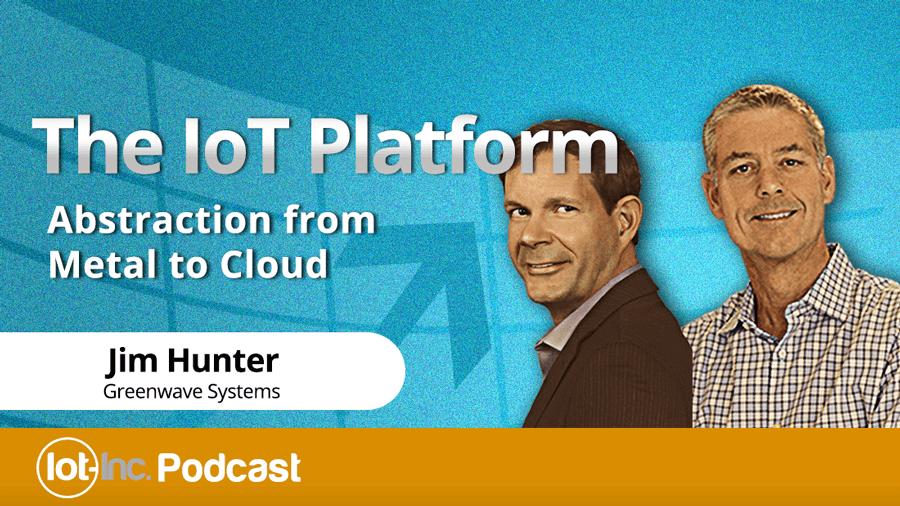
Episode 20
To go beyond connectivity, the IoT Platform must abstract all components of the Internet of Things product or environment into a form that can be computed and interfaced with the app, model and analytics. I call this the software-defined product, or in the case of home automation, the software-defined home.Listen to this podcast (or read the transcript) with Jim Hunter and the importance of abstraction – from the metal to the cloud ...
